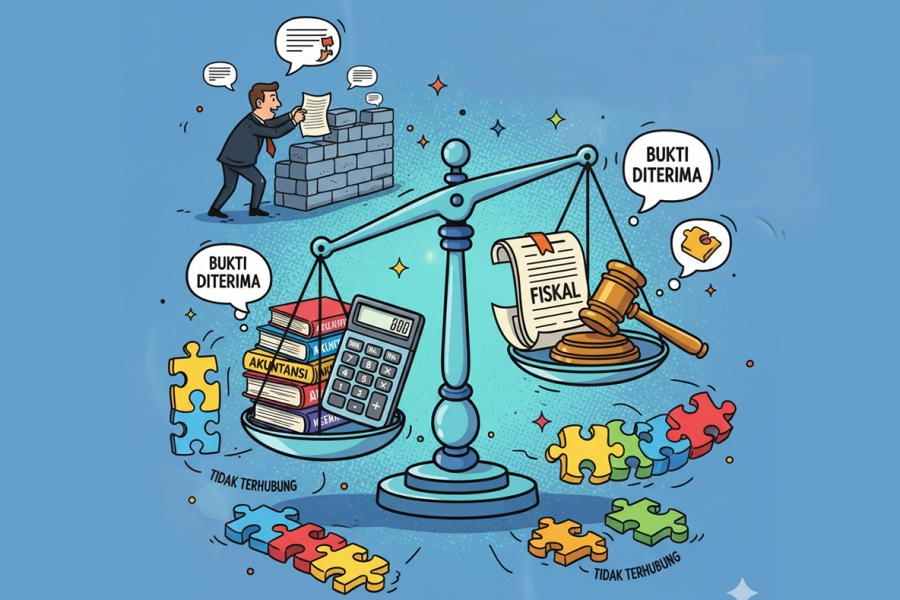
The dispute concerning the Cost of Goods Sold (COGS) often mirrors a fundamental difference between the standards of proof in accounting and in tax law. The appeal case filed by PT AT over a COGS adjustment of Rp10,270,076,623.00 for the Tax Year 2017 serves as a crucial case study, highlighting the paramount importance of a Taxpayer's ability to present evidence that is not only valid in accounting terms but is also fiscally convincing. This dispute centers on the critical question: to what extent must a Taxpayer prove the validity of costs that form the main component in determining business profit?
The core conflict in this trial lay in the clash of evidentiary standards. The Directorate General of Taxes (DGT), as the Appellee, based its adjustment on the absolute principle that the burden of proof rests with the Taxpayer. The DGT did not directly accuse PT AT's COGS transactions of being fictitious but argued that the Taxpayer had failed to present a solid and comprehensive audit trail. According to the DGT, standard documents such as invoices and payment receipts were insufficient; the Taxpayer needed to demonstrate a clear and irrefutable causal relationship between each cost component and the activities to obtain, collect, and maintain (3M) income, as mandated by Article 6 paragraph (1) of the Income Tax Law.
Conversely, PT AT built its defense upon the foundation of business reality and compliance with Financial Accounting Standards (SAK). The company asserted that all costs forming the COGS were genuine and essential expenditures, supported by a complete series of transaction evidence. By presenting these documents, PT AT felt it had met its burden of proof and viewed the DGT's demand for deeper justification as an excessive request.
In addressing these two opposing arguments, the Panel of Judges positioned itself as a meticulous and impartial fact-finder (judex facti). The Judge did not take an "all or nothing" approach but dissected each disputed cost component individually. For some costs, the Panel of Judges concluded that the evidence presented by PT AT was strong and convincing enough to prove the existence of the transaction and its relevance to the 3M activities. However, for other cost components, the Judge agreed with the DGT that the Taxpayer had failed to meet its burden of proof because the evidence presented was deemed weak or incomplete. This partial, analytical approach ultimately led to the judgment "Partially Granting the Appeal" (Mengabulkan Sebagian), a resolution that demonstrates the truth in this dispute was not absolutely on one side.
This ruling has profound implications for taxation practices in Indonesia. The case affirms that in tax litigation, compliance with accounting standards is not a sufficient defense fortress. The Tax Court consistently seeks "fiscal evidence," which is the Taxpayer's ability to tell the story behind the numbers and prove the economic relevance of every expenditure. This necessitates a paradigm shift for Taxpayers, moving from mere passive document archiving to the building of a documentation system that is narrative, justificative, and proactive.
In conclusion, the PT AT COGS dispute provides a valuable lesson that victory in the tax court hinges on the quality and completeness of justification evidence, not merely transaction proof. Taxpayers are recommended not only to record "what" and "how much" a cost is worth but also to contemporaneously document "why" that cost was incurred and "how" it contributed to the revenue stream. By doing so, companies can build a solid fortress of evidence, long before a tax assessment letter arrives.
Comprehensive and Complete Analysis of This Dispute is Available Here